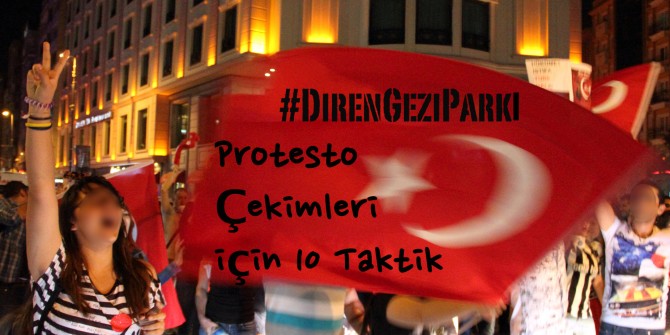
1. PREPARE: Know your equipment. Turn off features to
maximize battery life (e.g. wifi search on phones). Have charged and extra
batteries, use empty memory cards and bring back-ups. Use a camera strap or tie your camera to your
wrist. Where possible, turn-on correct date, time and location capturing
features.
2. FILM WITH INTENTION: Hold your
shot steady (minimum 10 seconds), move the camera VERY slowly, avoid jerky
movements and zooming – move closer when possible. Get multiple
angles –
wide, medium and close-up. Film for those who aren’t there – what do they need
to see to understand what’s going on? If violence or abuse occurs – KEEP
RECORDING.
3. ALWAYS CAPTURE: Date, time
and location (intersections, street signs, landmarks). Get various angles
when documenting the size and behavior of the crowd, number and formation of
police and any weapons they are holding or using.
Record any police orders or
permissions given and the time and officer’s name and badge number. Record when
police are creating or moving barricades. Record any police filming protests or protesters.
4. CAPTURE DETAILS – INCIDENTS: If there is
an arrest or violence, attempt to capture the entire incident, including: time,
location, number and identities of involved individuals, and broader crowd or
police presence/behavior. Film or say names of officers, badge numbers or
helmet number into the camera. Work to get faces of those affected on film. Be
agile: Film from above if possible, or low through officers’ legs to capture
what’s happening. Consider verbally adding noteworthy facts of what was
happening before you started filming to give context while you film.
5. WORK AS A TEAM: If filming,
have a partner to watch your back, help keep you safe and alert you of other
potential shots you should capture. If more than one of you is filming, try to
get separate angles of the same incident – ideally keep each other in view. If
you are at risk of arrest and want to keep filming, consider giving media card
to friend for safe keeping and replace with empty card and KEEP RECORDING.
Sharing & Uploading Your
Footage for Impact
Regardless if you are uploading
unedited or edited footage, it is essential to provide the following
information so your footage can be found and coordinated with other footage.
Before uploading, do a search for
related videos and news like yours to help select useful title and tags – always
tag your videos! Select a Creative Commons license when
uploading so others can remix your video for advocacy purposes, and so it can
be collected and archived by others. Follow these tips.
6. TITLE WITH INTENTION: Keep titles
brief and descriptive. Add date, location and time. Use words you or one would
use to find your video. E.g. Occupy, New York City, Protest
7. DESCRIBE YOUR VIDEO: Always
include date, location and details of what happened BEFORE, DURING and AFTER recording.
8. TAG YOUR VIDEO: Always add
these tags -> date, time, city, specific location, occupy wall street,
occupy, ows. Use common tags found in your search: ‘police brutality’ ‘arrest’ ‘pepper
spray’
9. SAFETY or SECURITY CONCERNS? If you think
faces need to be blurred or feel the video may harm someone’s case or dignity,
think twice before uploading.
Contact the volunteer legal team
for advice.
10. SAVE AND NAME YOUR VIDEO: Do
not rely on YouTube or other sites to save and preserve your
footage – it may be taken down and valuable technical information is lost in
the upload. Save original footage to your computer and back up
to an external hard drive. Name files and organize so they are easy to find –
add date, location and tags.
* To know more, click here.
* Download: English-language10 Tips for Filming Protests, Demonstrations, and
Police Conduct.